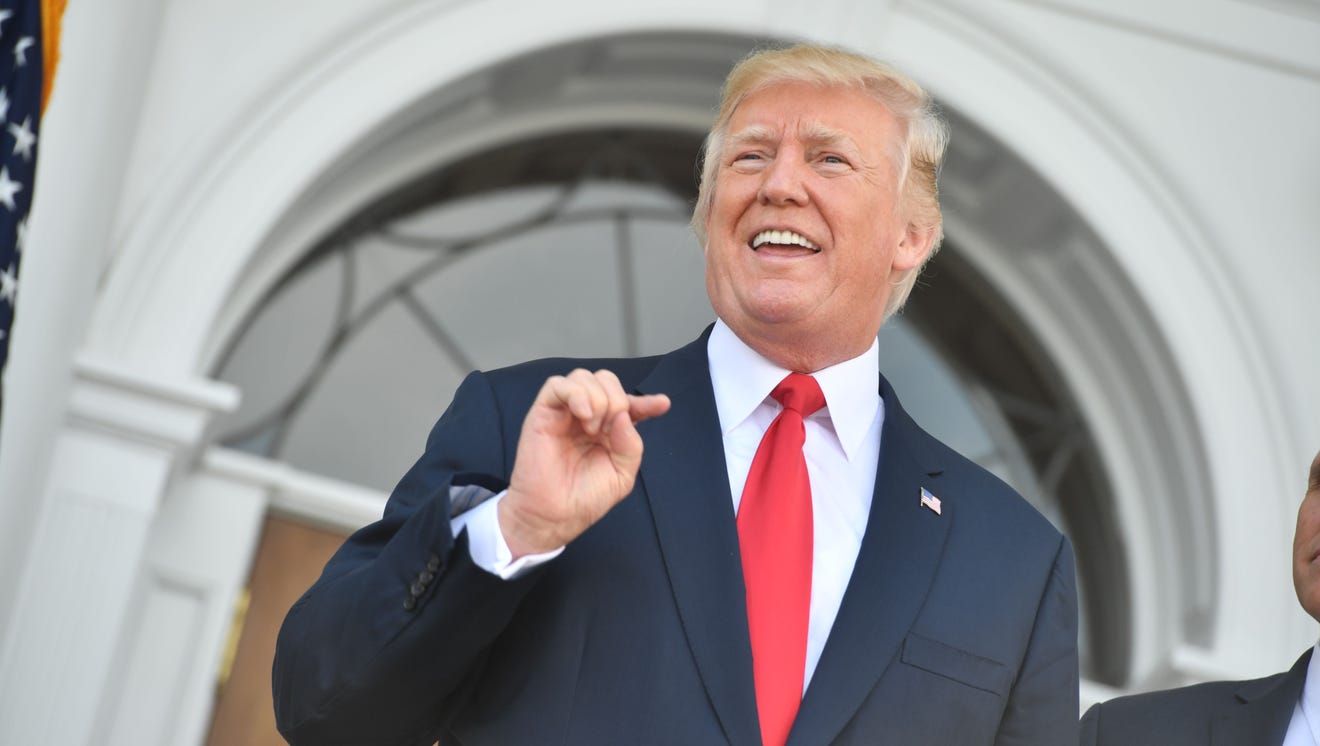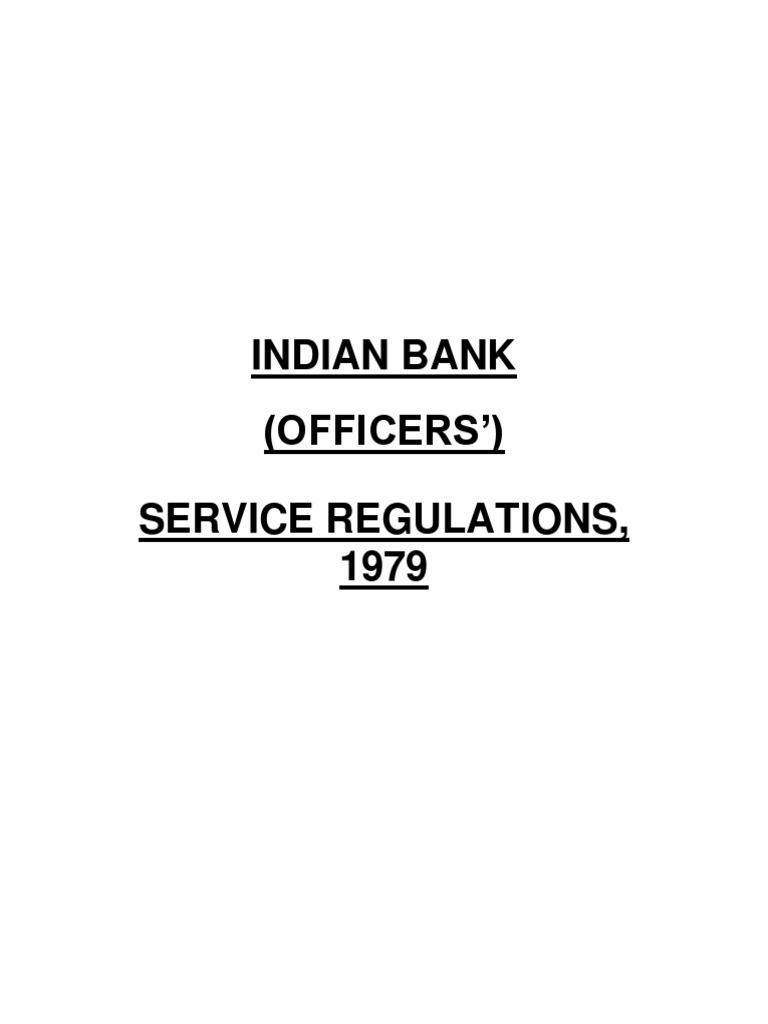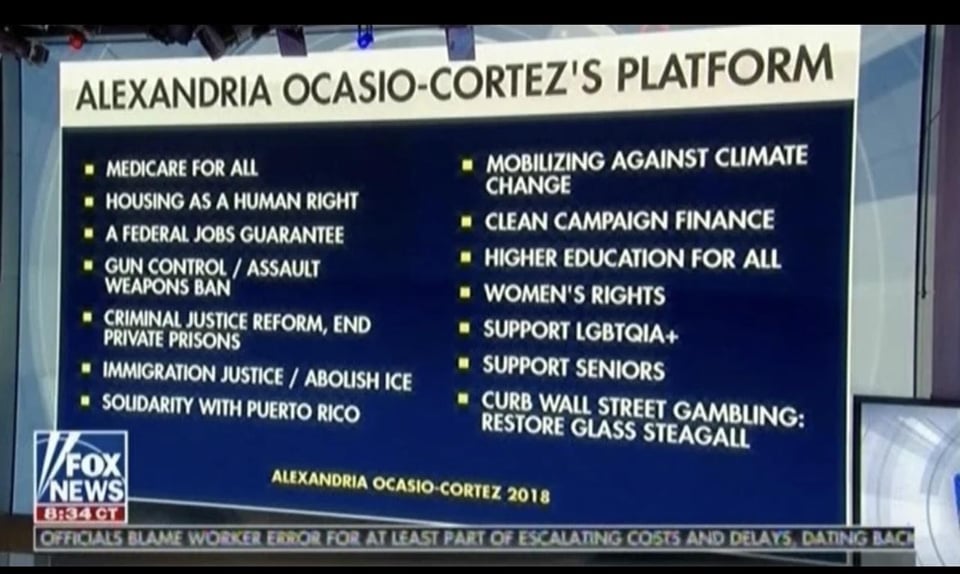Federal Reserve Rate Policy: An Explanation For The Delay In Cuts

Table of Contents
Inflation Remains Stubbornly High
Persistent inflation remains the primary obstacle preventing aggressive Fed rate cuts. The inflation rate stubbornly refuses to fall to the Federal Reserve's target, significantly impacting interest rate decisions and monetary policy. This deviation from the desired trajectory necessitates a cautious approach to monetary easing.
- Contributing Factors: Several factors contribute to this persistent inflation. Supply chain disruptions continue to impact the availability of goods, driving up prices. Soaring energy prices, exacerbated by geopolitical events, further fuel inflationary pressures. Finally, robust wage growth, a positive sign for workers, also contributes to increased costs for businesses, which are often passed on to consumers.
- Statistics and Data: The Consumer Price Index (CPI) and Personal Consumption Expenditures (PCE) index, key inflation metrics, consistently show inflation rates exceeding the Federal Reserve's target of 2%. While the exact figures fluctuate monthly, the persistent trend above this target underscores the challenge.
- Fed's Inflation Targets: The Federal Reserve has clearly stated its commitment to returning inflation to its 2% target. The current elevated inflation rates represent a significant shortfall, necessitating a continued focus on price stability before significant interest rate reductions can be considered.
Strong Labor Market Impacts Rate Decisions
The current strong labor market presents a double-edged sword for the Federal Reserve's interest rate decisions. While low unemployment and plentiful job openings are positive economic signs, they also contribute to inflationary pressures.
- Unemployment Rate Statistics: The unemployment rate remains historically low, indicating a tight labor market. This means fewer unemployed workers are available to fill job vacancies.
- Tight Labor Market and Wage Inflation: This scarcity of workers fuels wage growth as employers compete for talent. While increased wages benefit workers, they also contribute to increased production costs and, consequently, higher prices for consumers – feeding the inflation cycle.
- The Fed's Perspective: The Federal Reserve closely monitors the relationship between a tight labor market and wage inflation. They understand the positive aspects of a strong labor market but also acknowledge its potential to exacerbate inflationary pressures. Their rate decisions carefully balance these competing considerations.
Uncertainty Surrounding the Economic Outlook
The future economic trajectory remains shrouded in uncertainty, influencing the Federal Reserve's cautious approach to interest rate cuts. This uncertainty makes predicting the impact of rate adjustments challenging.
- Potential Economic Risks: The economy faces several significant risks, including the potential for a recession, persistent geopolitical instability, and the lingering effects of supply chain disruptions.
- Challenges in Forecasting: Predicting future economic conditions accurately is inherently complex. The interplay of various domestic and global factors makes forecasting a daunting task, even for expert economists.
- Data-Dependent Policy: The Federal Reserve emphasizes its data-dependent approach to monetary policy. This means that their decisions are driven by the latest economic indicators and data, leading to adjustments in strategy based on evolving conditions.
The Importance of Gradualism in Federal Reserve Rate Policy
The Federal Reserve generally favors a gradual approach to adjusting interest rates. This strategy minimizes the risks associated with sudden and potentially destabilizing shifts in monetary policy.
- The Concept of "Soft Landing": The Federal Reserve aims for a "soft landing," a scenario where inflation is reduced without triggering a significant economic downturn. Sudden and drastic rate cuts can increase the risk of inflation remaining high or even triggering a recession.
- Negative Consequences of Aggressive Rate Cuts: Aggressive rate cuts could reignite inflation or even cause financial market instability. A gradual approach allows the Fed to carefully monitor the impact of its actions and make necessary adjustments.
Conclusion: Navigating the Complexities of Federal Reserve Rate Policy
In summary, the delay in Federal Reserve rate cuts stems from a confluence of factors: stubbornly high inflation, a strong labor market contributing to wage growth and inflationary pressures, and significant uncertainty surrounding the future economic outlook. The Federal Reserve's preference for a gradual approach to adjusting interest rates further contributes to the delay. Looking ahead, the timing of future rate cuts will largely depend on the evolution of these key economic indicators. To understand the ongoing impact of Federal Reserve interest rate decisions and the potential for future changes to Federal Reserve Rate Policy, follow future announcements on Federal Reserve Rate Policy. Stay updated on the evolving economic landscape and the Federal Reserve's response to ensure you are well-informed on this crucial aspect of economic management.

Featured Posts
-
 Ve Day Speech Highlights Growing Totalitarian Threat To Taiwan Lai Warns
May 10, 2025
Ve Day Speech Highlights Growing Totalitarian Threat To Taiwan Lai Warns
May 10, 2025 -
 Trumps Transgender Military Ban Deciphering The Double Speak
May 10, 2025
Trumps Transgender Military Ban Deciphering The Double Speak
May 10, 2025 -
 Celebrity Antiques Road Trip Behind The Scenes And Production Insights
May 10, 2025
Celebrity Antiques Road Trip Behind The Scenes And Production Insights
May 10, 2025 -
 Indian Insurers Advocate For Simplified Bond Forward Regulations
May 10, 2025
Indian Insurers Advocate For Simplified Bond Forward Regulations
May 10, 2025 -
 Aocs Fiery Response To Trump Coverage On Fox News
May 10, 2025
Aocs Fiery Response To Trump Coverage On Fox News
May 10, 2025
